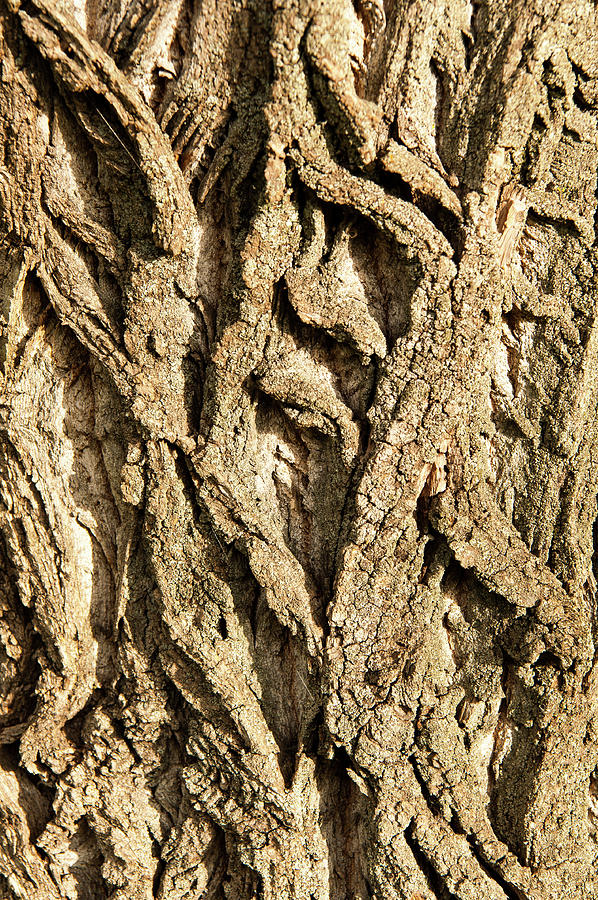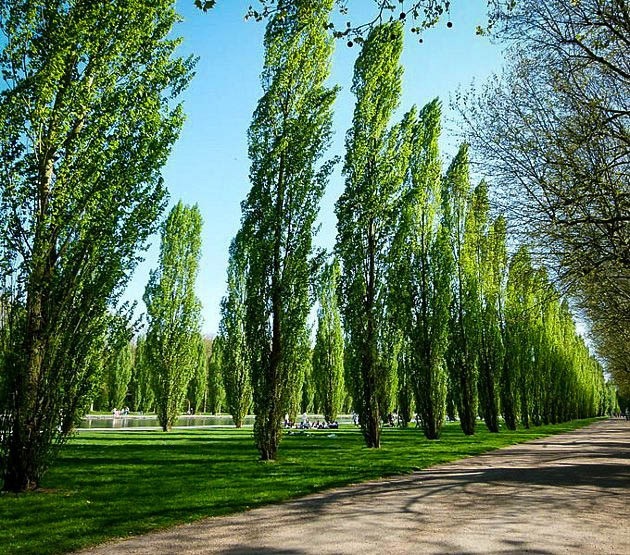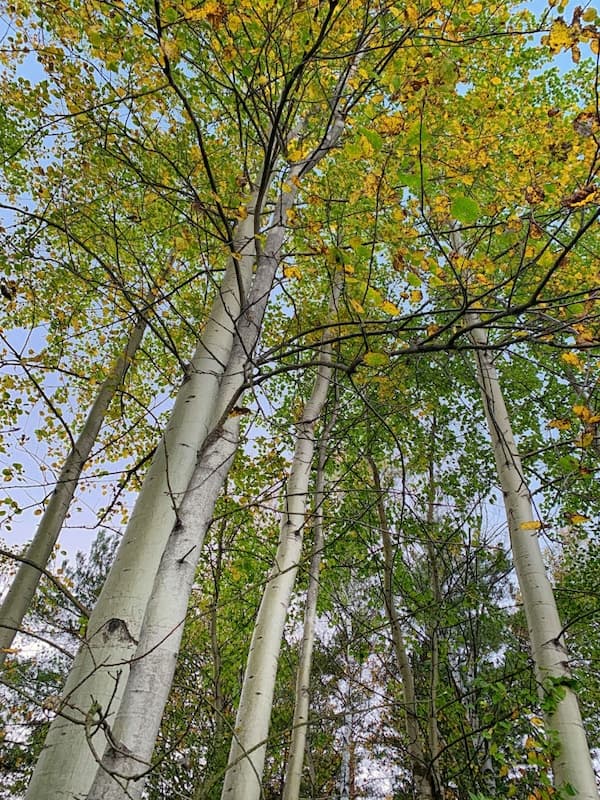Recognizing the Distinctive Features of a Poplar Tree
The poplar tree is a majestic and versatile species that has been a cornerstone of landscaping and ecology for centuries. With its impressive height, broad spread, and sturdy trunk, it’s no wonder why this tree is a popular choice for parks, gardens, and urban landscapes. But what does a poplar tree look like? To answer this question, let’s delve into the distinctive features of a mature poplar tree. On average, a mature poplar tree can grow up to 100 feet tall, with a trunk diameter of around 3-4 feet. Its broad, oval-shaped crown can spread up to 50 feet wide, providing ample shade and shelter. The trunk itself is typically straight, with a smooth, greyish-brown bark that’s often marked with horizontal lines. As we explore the world of poplar trees, it’s essential to understand these fundamental characteristics, which will serve as a foundation for identifying these magnificent trees.
Leaf Shape and Arrangement: A Key to Identification
When it comes to identifying a poplar tree, the leaves are a crucial feature to examine. The leaves of a poplar tree are typically triangular or diamond-shaped, with a pointed tip and a smooth, dark green upper surface. The underside of the leaf is often lighter in color, with a soft, velvety texture. The leaves are arranged alternately on the stem, with a distinctive staggered pattern that helps to distinguish poplar trees from other species. The leaf margin is usually coarsely toothed, with a few small glands near the base of the leaf. The venation pattern is also characteristic, with five or more veins that curve outward from the midrib. By examining the shape, size, and arrangement of the leaves, you can gain a better understanding of what does a poplar tree look like and make a more accurate identification.
Bark Characteristics: Uncovering the Tree’s Age and Health
When examining a poplar tree, the bark is an essential feature to inspect. The bark of a mature poplar tree is typically greyish-brown in color, with a smooth, thin texture. As the tree ages, the bark becomes thicker and more rugged, with deep furrows and ridges that form a distinctive pattern. By examining the bark, you can determine the age and health of a poplar tree. For instance, a young poplar tree will have smooth, unblemished bark, while an older tree will have more pronounced furrows and ridges. Additionally, the presence of cracks, cankers, or other defects in the bark can indicate disease or pest issues. By understanding the characteristics of a poplar tree’s bark, you can gain a better understanding of what does a poplar tree look like and make a more informed assessment of the tree’s overall health.
How to Identify a Poplar Tree in Different Seasons
Identifying a poplar tree can be a challenging task, especially when its appearance changes with the seasons. However, by understanding these changes, you can develop a better understanding of what does a poplar tree look like and improve your identification skills. In the winter, a poplar tree’s bare branches and trunk can make it difficult to identify. Look for the tree’s distinctive bud shape and arrangement, as well as the rough, greyish-brown bark. In the spring, the tree’s leaves emerge, providing a clear indication of its identity. During the summer, the leaves are in full growth, and the tree’s shape and size are more apparent. In the fall, the leaves turn a vibrant yellow before falling, leaving the tree’s skeletal framework visible. By recognizing these seasonal changes, you can identify a poplar tree with confidence, regardless of the time of year.
Distinguishing Between Black, White, and Grey Poplar Trees
When it comes to identifying a poplar tree, understanding the differences between the three main species – black, white, and grey – is crucial. Each species has unique characteristics that set it apart from the others, making it easier to determine what does a poplar tree look like. The black poplar tree (Populus nigra) is the largest of the three, with a broad, columnar shape and a greyish-brown bark. Its leaves are triangular in shape, with a pointed tip and serrated edges. The white poplar tree (Populus alba) has a more slender shape, with a greyish-white bark and leaves that are rounded at the tip. The grey poplar tree (Populus x canescens) is a hybrid of the black and white poplar, with a mix of characteristics from both. Its bark is a greyish-brown color, and its leaves are triangular with a pointed tip. By recognizing these differences, you can accurately identify the species of poplar tree you are looking at, and gain a better understanding of what does a poplar tree look like.
Common Lookalikes: Avoiding Misidentification
When trying to identify a poplar tree, it’s essential to be aware of common lookalikes that can lead to misidentification. Two trees that are often mistaken for poplar trees are cottonwood and aspen. While they share some similarities, they have distinct characteristics that set them apart. Cottonwood trees (Populus trichocarpa) have heart-shaped leaves with a pointed tip, whereas poplar trees have triangular or diamond-shaped leaves. Cottonwood trees also tend to have a more sprawling growth habit and a greyish-brown bark with deep furrows. Aspen trees (Populus tremula) have rounded leaves with a pointed tip and a smooth, greyish-white bark. They also tend to grow in clusters, forming a colony. By recognizing these differences, you can avoid misidentifying these trees and accurately determine what does a poplar tree look like. Additionally, being aware of these lookalikes can help you develop a more nuanced understanding of the characteristics that define a poplar tree, making you a more skilled tree identifier.
Poplar Tree Varieties: Exploring the Different Cultivars
Poplar trees come in a range of cultivars, each with its unique characteristics, growth habits, and uses in landscaping. One popular cultivar is the ‘Tulipifera’ poplar, known for its tulip-shaped leaves and rapid growth rate. This cultivar is often used as a shade tree or windbreak. Another popular variety is the ‘ Italica’ poplar, which has a slender shape and a greyish-white bark. This cultivar is often used in urban landscaping due to its tolerance of pollution and compact growth habit. The ‘Neva’ poplar is a dwarf cultivar that grows to a height of around 10-15 meters, making it ideal for small gardens or parks. It has a rounded shape and a greyish-brown bark. When trying to identify a poplar tree, it’s essential to consider the specific cultivar, as each has its distinct features. By understanding the different cultivars, you can better answer the question of what does a poplar tree look like and become more proficient in recognizing these majestic trees.
Conclusion: Mastering the Art of Poplar Tree Identification
In conclusion, identifying a poplar tree requires a combination of knowledge and observation skills. By understanding the distinctive features of a poplar tree, including its shape, size, leaf shape, bark characteristics, and growth habits, you can confidently answer the question of what does a poplar tree look like. Additionally, being aware of the different cultivars and common lookalikes can help you refine your identification skills. Remember, careful observation and attention to detail are key to mastering the art of poplar tree identification. With practice and patience, you can become proficient in recognizing these majestic trees and appreciate their importance in landscaping and ecology. Whether you’re a seasoned arborist or a nature enthusiast, the ability to identify a poplar tree can enrich your understanding and appreciation of the natural world.









